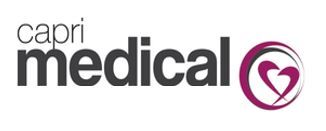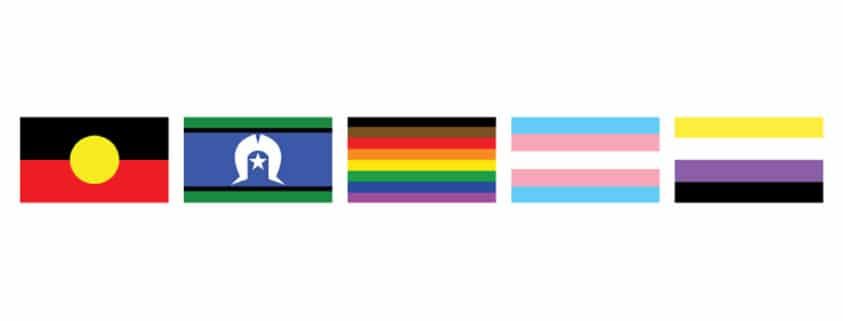Comprehensive Skin Checks
Confidence through technology
Dr Riaan Jeffery & Dr Moh'd Tarawneh offer Comprehensive Skin Checks for the whole family.
Dr Jeffery & Dr Moh'd Tarawneh use the latest Dermascopic technology to diagnose skin conditions, skin cancer & potential melanomas. They are also able to offer skin cancer surgery & biopsies to confirm & treat potentially serious conditions. Book appointments through reception & please avoid fake tan or topical products that contain colour or refective pigment prior to your appointment
Why is Sun Protection Important
Sunscreen reduces the amount of ultraviolet (UV) radiation reaching your skin. It works by filtering UV radiation with a chemical barrier that absorbs and/ or reflects the UV rays away from your skin. No sunscreen provides 100% protection against UV radiation, and some UV radiation will always reach your skin, damaging the cells below. This damage builds up over time and can increase your risk of melanoma and other skin cancers. What’s in sunscreen? Sunscreen contains chemicals to protect against UV radiation, as well as preservatives, moisturisers and fragrance. There are two types of chemicals in sunscreen:
• Chemical filters that absorb UV radiation before it can damage the skin
• Physical filters that contain micro-fine particles which sit on the surface of the skin and act as a physical barrier. Sunscreen can contain either chemical or physical filters and many contain both. Chemicals in sunscreen are tested and approved as being safe, and there is no scientific evidence of health side effects from sunscreen. What are nanoparticles? A sunscreen that has nanoparticles means that the zinc oxide or titanium oxide particles in the sunscreen have been fragmented into an extremely small size – a nanometre is 0.000001 millimetre in size.
Sunscreen with nanoparticles has become very popular in recent years because the smaller particles make the sunscreen less visible on the skin and easier to apply, and provide good protection from UV radiation. To date there is no evidence that nanoparticles in sunscreen are harmful to health.
• Sunscreen protects against the damaging effects of the sun by reducing the amount of ultraviolet (UV) rays that reach the skin.
• Sunscreen does not block UV radiation and no sunscreen provides 100% protection against UV radiation. When UV levels are 3 or above sunscreen should always be used in conjunction with other forms of sun protection such as clothing, hats and shade. Key points
Reducing your risk of skin cancer
Cancer Council sunscreens are made to contain micro-fine or micronised particles (100 to 2500 nanometres), not nanoparticles. However, it is possible that in the manufacturing process, a very small number of particles may be ground smaller than micro fine. It is important to remember:
• There is no clear evidence that nanoparticles pose a health risk
• There is clear evidence that more than 1500 Australians die from skin cancer every year
• There is clear evidence that sunscreens help protect against skin cancer.
What does ‘broad-spectrum’ sunscreen mean?
UV radiation comes in different wavelengths called UVA and UVB. Both UVA and UVB contribute to sunburn, skin ageing, eye damage, melanoma and other skin cancers. A sunscreen that is ‘broadspectrum’ filters out UVA and UVB radiation.


